Stunning Companion Plants For Crocosmia
Crocosmia is a striking plant that adds a touch of exotic beauty to any garden. With its long, sword-shaped leaves and bright orange or red flowers, crocosmia is sure to turn heads. But what plants should you pair with crocosmia to create a truly stunning display?
In this blog post, we'll explore some of the best companion plants for crocosmia. We'll discuss plants that complement crocosmia's color, height, and foliage, as well as plants that will attract pollinators and other beneficial insects to your garden.
So, without further ado, let's get started!
Choosing Companion Plants for Crocosmia
When choosing companion plants for crocosmia, there are a few things you'll want to keep in mind:
- Color: Crocosmia comes in a variety of colors, including orange, red, yellow, and cream. When choosing companion plants, you'll want to select plants that complement the color of your crocosmia. For example, if you have orange crocosmia, you might want to plant it with blue or purple flowers. This will create a striking contrast of colors.
- Height: Crocosmia can grow up to 3 feet tall. When choosing companion plants, you'll want to select plants that are similar in height. This will create a balanced and visually appealing display.
- Foliage: Crocosmia has long, sword-shaped leaves. When choosing companion plants, you'll want to select plants that have contrasting foliage. This will add visual interest to your garden.
- Pollinators: Crocosmia is a magnet for pollinators, such as butterflies and bees. If you're looking to attract these beneficial insects to your garden, you'll want to select companion plants that are also attractive to pollinators.
Some of the Best Companion Plants for Crocosmia
Here are some of the best companion plants for crocosmia:
- Agapanthus: Agapanthus is a tall, blue-flowering perennial that is perfect for pairing with crocosmia. The two plants have similar growing requirements and will bloom at the same time.
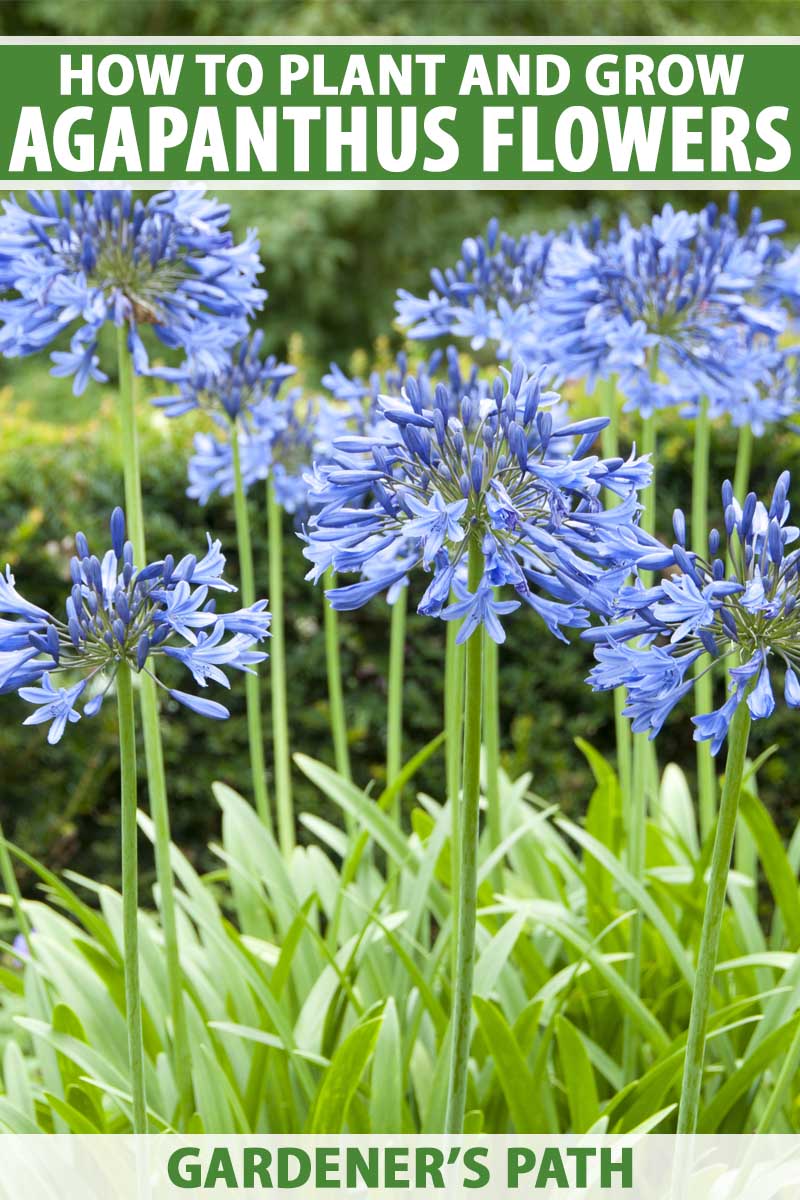
- Coneflowers: Coneflowers are another tall, colorful perennial that is a good choice for companion planting with crocosmia. They come in a variety of colors, so you can choose the ones that best complement your crocosmia.
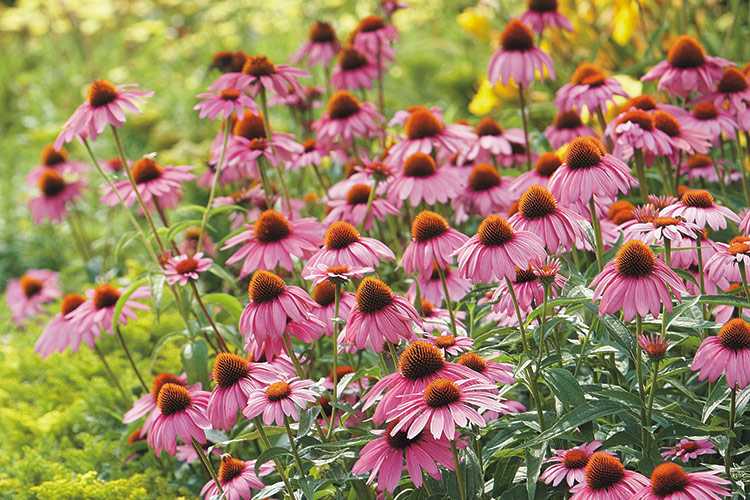
- Geraniums: Geraniums are low-growing, colorful perennials that are perfect for adding a splash of color to your crocosmia border. They come in a variety of colors, so you can choose the ones that best complement your crocosmia.
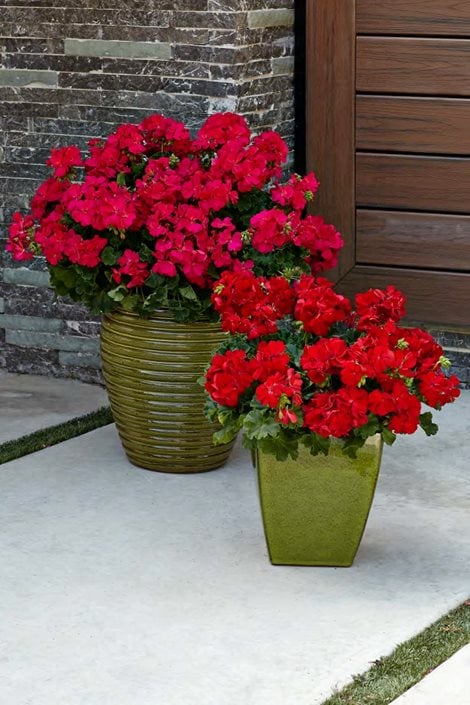
- Lavender: Lavender is a low-growing, drought-tolerant perennial that is perfect for pairing with crocosmia. The two plants have similar growing requirements and will bloom at the same time. Lavender's fragrant flowers will attract pollinators to your garden.
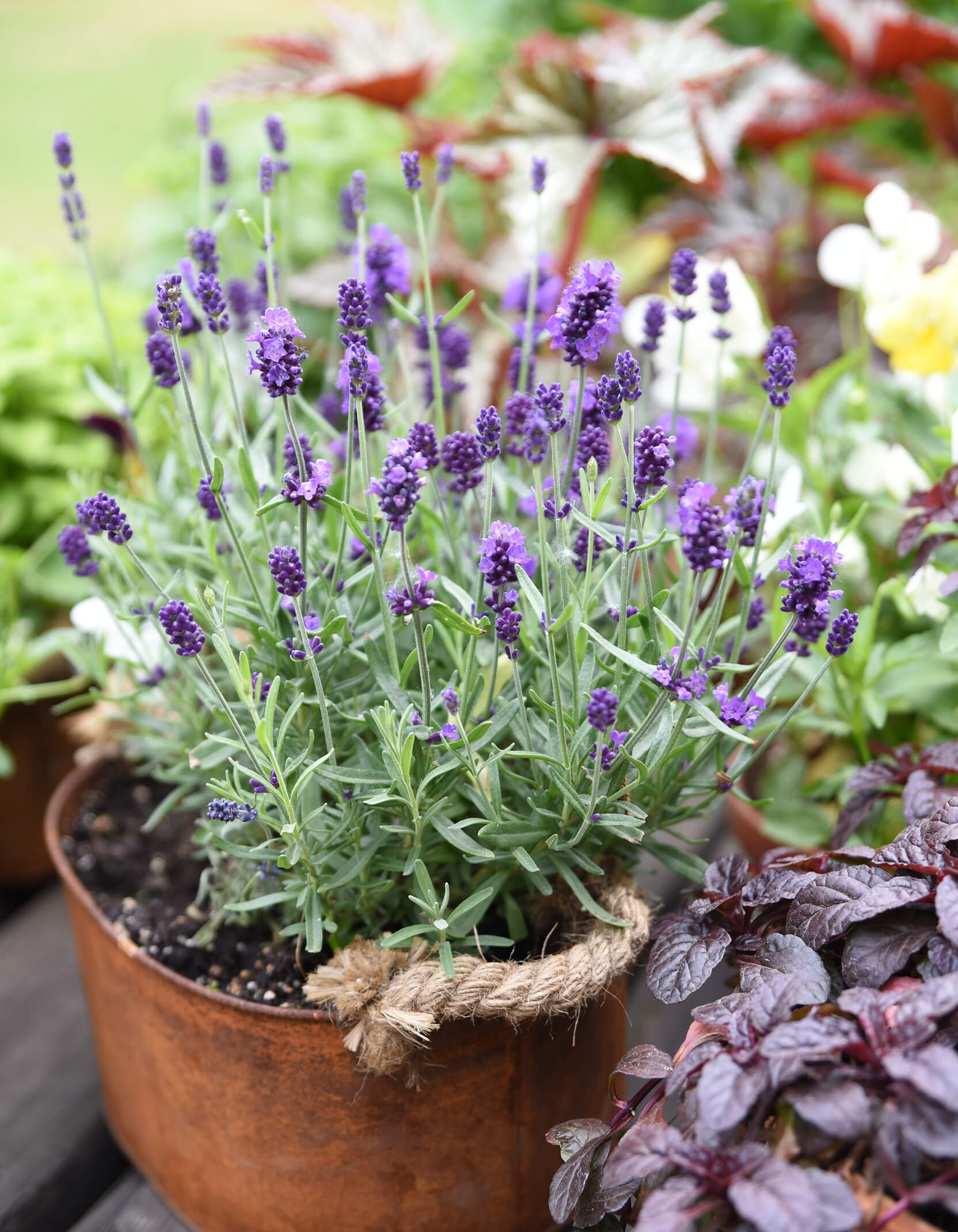
- Verbena bonariensis: Verbena bonariensis is a tall, airy perennial that is perfect for adding a touch of grace to your crocosmia border. The plant's lavender-purple flowers will bloom from summer to fall.

- Zinnias: Zinnias are low-growing, colorful annuals that are perfect for adding a pop of color to your crocosmia border. They come in a variety of colors, so you can choose the ones that best complement your crocosmia.
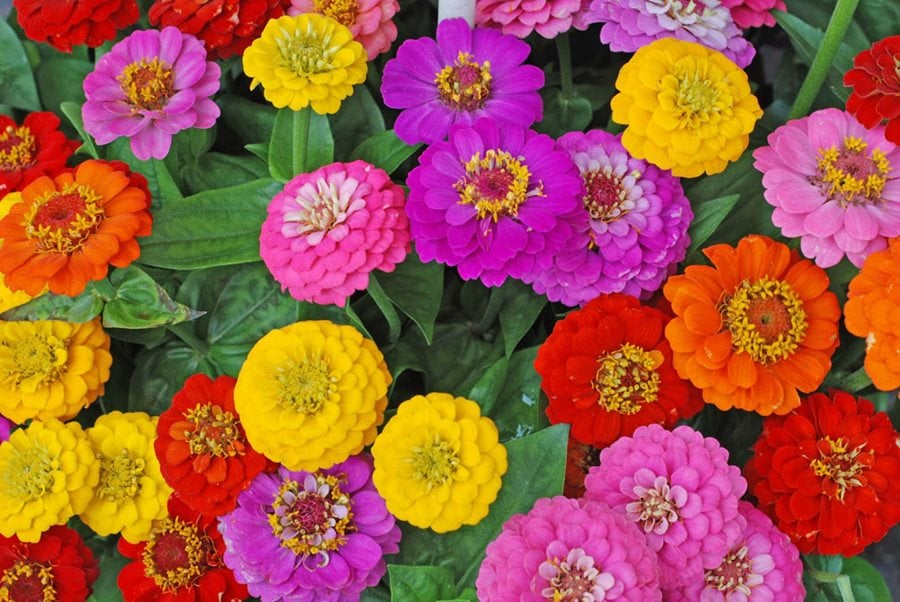
Conclusion
These are just a few of the many great companion plants for crocosmia. By choosing plants that complement crocosmia's color, height, and foliage, you can create a truly stunning display in your garden. So get out there and start planting!
Crocosmia is a beautiful, colorful flower that can add a touch of vibrancy to any garden. But what companion plants should you choose to complement its blooms?
There are many great options available, but some of the best include:
- Verbena bonariensis: This tall, airy plant with lavender blooms provides a beautiful contrast to crocosmia's fiery hues.

- Dahlias: These showy flowers come in a wide range of colors, so you can easily find some to match your crocosmias.
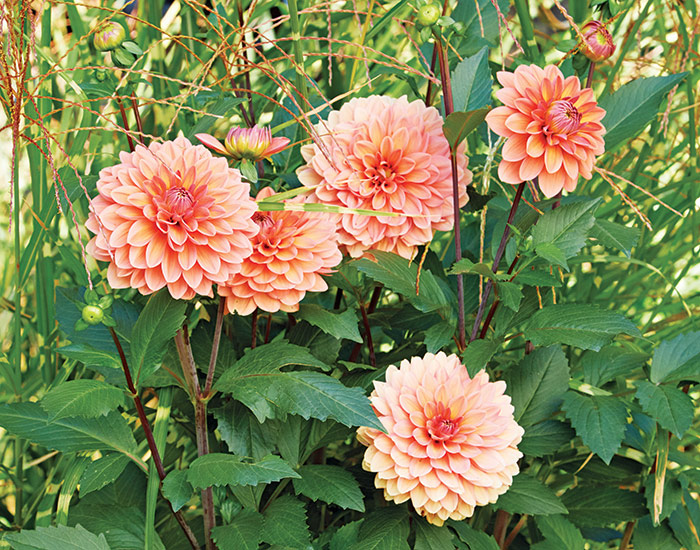
- Astilbe: This delicate, fern-like plant adds a touch of grace and elegance to any garden.

- Salvias: These fragrant flowers come in a variety of colors, including blues, purples, and pinks.
- Geraniums: These hardy perennials come in a variety of colors and sizes, so you can find some that will perfectly complement your crocosmias.
For more information about crocosmia companion plants, please visit Gardenia Inspiration.
FAQ of crocosmia companion plants
- What are good companion plants for crocosmia?
Crocosmias are tall, colorful flowers that bloom in the summer. They can be grown in a variety of soils, but they prefer full sun and well-drained soil. Some good companion plants for crocosmia include:
* Agapanthus: These blue or white lilies also prefer full sun and well-drained soil. They can help to fill in the space around crocosmias and add some height to the border.
* Canna lilies: These colorful lilies have similar growing requirements to crocosmias. They can add some height and interest to the border, and their flowers can bloom for several weeks.
* Echinacea: These coneflowers come in a variety of colors and bloom in the summer. They are drought-tolerant and can help to add some structure to the border.
* Kniphofia: These red-hot pokers have tall, spiky flowers that bloom in the summer. They can add some height and interest to the border, and they are deer-resistant.
* Salvias: These colorful sages come in a variety of colors and bloom in the summer. They are drought-tolerant and can help to attract butterflies and other pollinators to the garden.
- How far apart should crocosmias be planted?
Crocosmias should be planted about 12 inches apart. This will give them enough space to grow and spread. If you are planting them in a border, you may want to space them a little further apart, so that they do not crowd each other out.
- When should I plant crocosmias?
Crocosmias can be planted in the spring or fall. If you are planting them in the spring, wait until the soil has warmed up to at least 60 degrees Fahrenheit. If you are planting them in the fall, plant them before the first frost.
- How much water do crocosmias need?
Crocosmias need regular watering, especially during the summer months. Water them deeply once a week, or more often if the weather is hot and dry.
- How can I overwinter crocosmias?
In colder climates, crocosmias will need to be dug up and stored indoors over the winter. Wait until the foliage has died back completely, then dig up the bulbs and store them in a cool, dry place. In warmer climates, crocosmias can be left in the ground over the winter, but they may need some protection from frost.
Image of crocosmia companion plants
5 different images of "crocosmia companion plants" from Pinterest:
- Agapanthus is a tall, clump-forming perennial that blooms in summer with clusters of blue, white, or pink flowers. It is a good companion plant for crocosmia because it has similar growing conditions and flower colors.
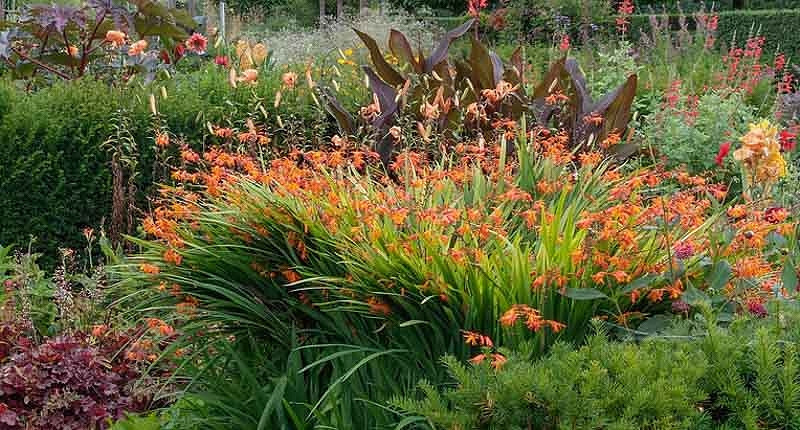
- Coreopsis is a low-growing perennial that blooms in summer with daisy-like flowers in shades of yellow, orange, and red. It is a good companion plant for crocosmia because it adds a splash of color and blooms at the same time.

- Lavender is a low-growing, drought-tolerant shrub that blooms in summer with spikes of purple flowers. It is a good companion plant for crocosmia because it adds a touch of fragrance and blooms at the same time.

- Salvia is a tall, upright perennial that blooms in summer with spikes of blue, purple, or white flowers. It is a good companion plant for crocosmia because it adds height and interest to the garden.

- Zinnia is a tall, annual that blooms in summer with daisy-like flowers in shades of yellow, orange, red, and purple. It is a good companion plant for crocosmia because it adds a splash of color and blooms at the same time.

Post a Comment for " Stunning Companion Plants For Crocosmia"